This is Hymie, my son's doll. Hymie is nearly four, which is young for a doll, but he has had a rough life. He spent two years in a bed that was right next to a very large window with direct southern sun. The sun shone through the window on him all day. The fabric on his body and clothing (and the fabric on the bed linens) faded immensely and began to break down. I have never seen such rapid fabric breakdown! The fabric that was under the clothing and the bed linens that were under the pillow stayed in good condition. The doll's nose, always a tender spot, got a small hole made worse by intense rubbing.
At my son's school, in kindergarten, they have a doll-party day each year. Hymie is really quite shy and did not want to go, especially in such an embarrassing condition. Akiva said that he would rather borrow a strange doll than bring Hymie! I had already promised to re-do Hymie by Akiva's birthday, but now I had to hurry.
Re-making a doll is much easier than making a new doll. First I took apart all of the seams. I stripped the skin from his body, removed his wig from his head, picked out the embroidery on his face, then removed the fabric and stitches from the head. I re-used all of the stuffing in the exact same places it was used in the first make. I re-attached the arms and head, sewed new ears, gave him a new face, and sewed on the old wig. I made him a new sweater to celebrate the transformation, then he was done!
One thing that gives each doll its unique personality is the shape of the underlying head. In this case, the under-head was completely un-changed. However, everyone noticed that Hymie's new mouth is exactly two centimeters narrower than his old mouth. Oops. Other than that, the newness is imperceptible, in terms of personality.
Re-making a doll is much easier than making a new doll. First I took apart all of the seams. I stripped the skin from his body, removed his wig from his head, picked out the embroidery on his face, then removed the fabric and stitches from the head. I re-used all of the stuffing in the exact same places it was used in the first make. I re-attached the arms and head, sewed new ears, gave him a new face, and sewed on the old wig. I made him a new sweater to celebrate the transformation, then he was done!
One thing that gives each doll its unique personality is the shape of the underlying head. In this case, the under-head was completely un-changed. However, everyone noticed that Hymie's new mouth is exactly two centimeters narrower than his old mouth. Oops. Other than that, the newness is imperceptible, in terms of personality.
Here is a photo of Hymie after the re-make
with his friend Napua on a recent trip to Mont-Ham.
with his friend Napua on a recent trip to Mont-Ham.
Whereas my daughter brought her doll to school most days, my son's doll has never particularly been interested in school. He is afraid of getting lost or stolen or ruined. While bringing a doll to school may remind some children of home and therefore make them less anxious, bringing a doll to school may make other children feel as if they have something very important to take care of and therefore make them even more anxious. A doll can be a very special, private thing. Requiring all children to bring their doll to school for a party is not necessarily fun.
When I picked Akiva up from school, we chatted about his day, as usual. “It was mostly okay, but part of it was not,” he said. And then he asked, “Does crayon come off?”
I love how kids expect parents to know exactly what they are referring to.
The next part of the conversation was hard to follow. I eventually figured out that while the kids were drawing, Akiva’s arm that was holding Hymie got pushed too close to another kid's crayon. Hymie got crayon on his skin. “That was the part that was kind-of bad,” said Akiva in a sad voice.
“Did Hymie cry?” I asked.
“A little,” said Akiva.
Pause
“Or maybe it was me who almost cried," said Akiva. "I cried inside of me, but I didn’t have any tears. After that, Hymie was very shy and he stayed in my backpack for the rest of the day.”
Dolls are like people. Some of them like big parties, but others would prefer to just stay home.
When I picked Akiva up from school, we chatted about his day, as usual. “It was mostly okay, but part of it was not,” he said. And then he asked, “Does crayon come off?”
I love how kids expect parents to know exactly what they are referring to.
The next part of the conversation was hard to follow. I eventually figured out that while the kids were drawing, Akiva’s arm that was holding Hymie got pushed too close to another kid's crayon. Hymie got crayon on his skin. “That was the part that was kind-of bad,” said Akiva in a sad voice.
“Did Hymie cry?” I asked.
“A little,” said Akiva.
Pause
“Or maybe it was me who almost cried," said Akiva. "I cried inside of me, but I didn’t have any tears. After that, Hymie was very shy and he stayed in my backpack for the rest of the day.”
Dolls are like people. Some of them like big parties, but others would prefer to just stay home.

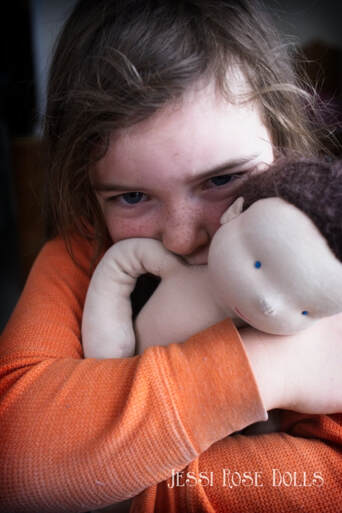
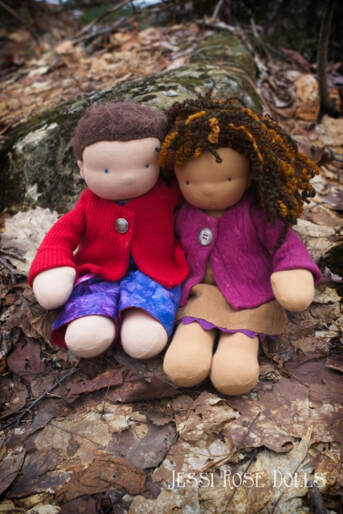
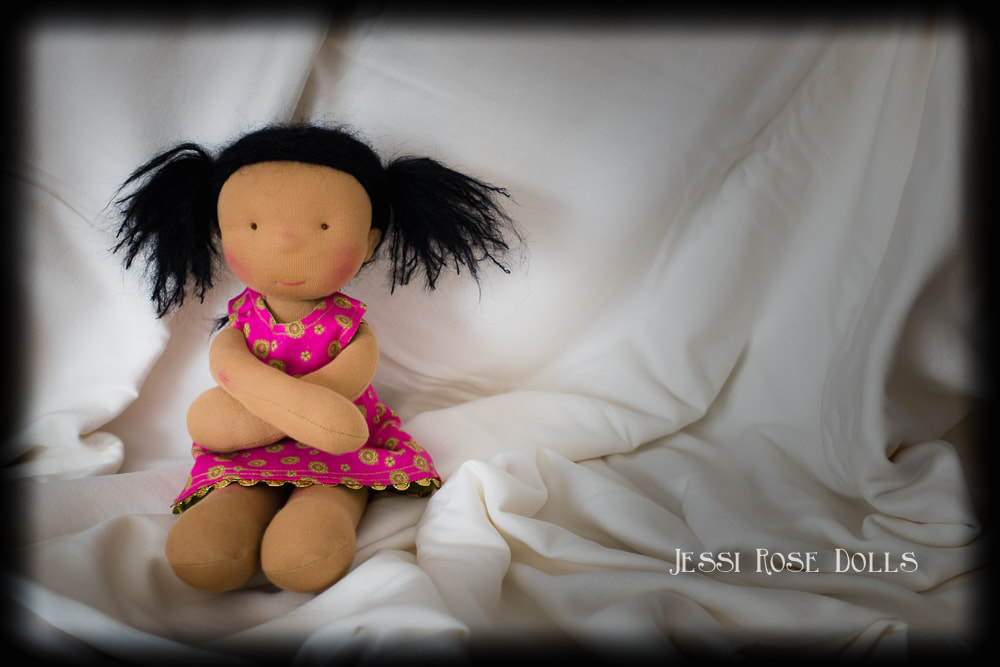
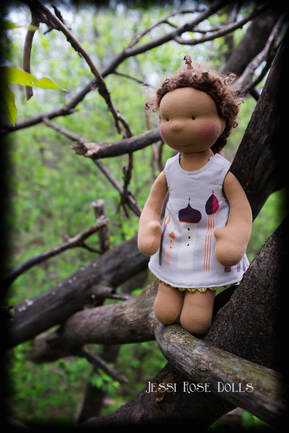
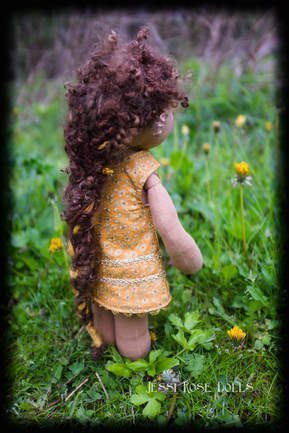
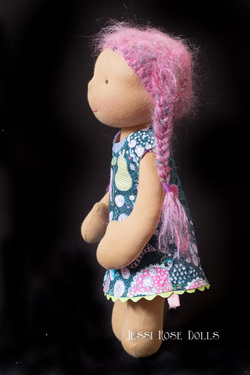
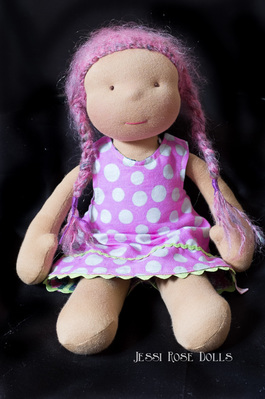
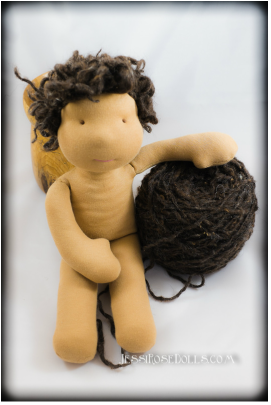
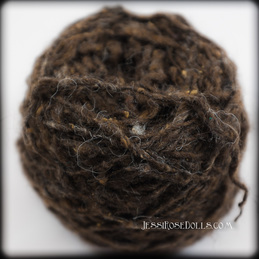

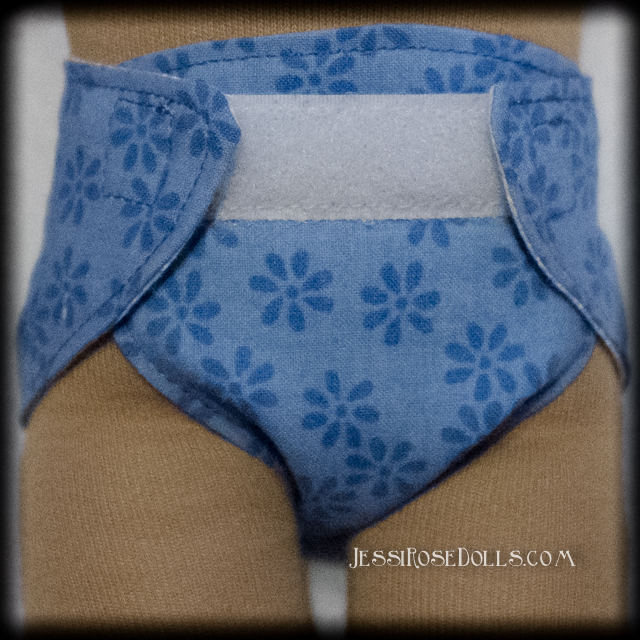
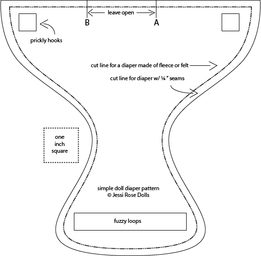
 RSS Feed
RSS Feed
